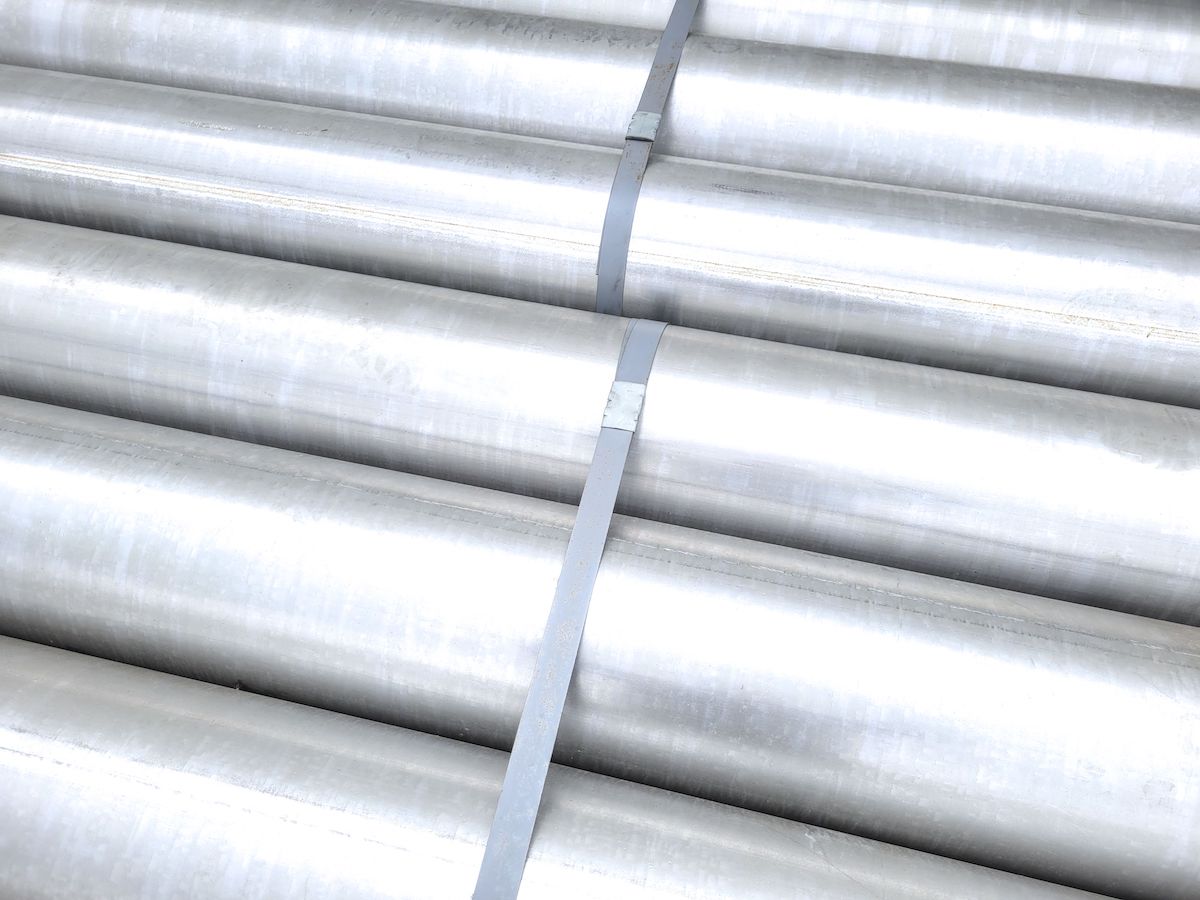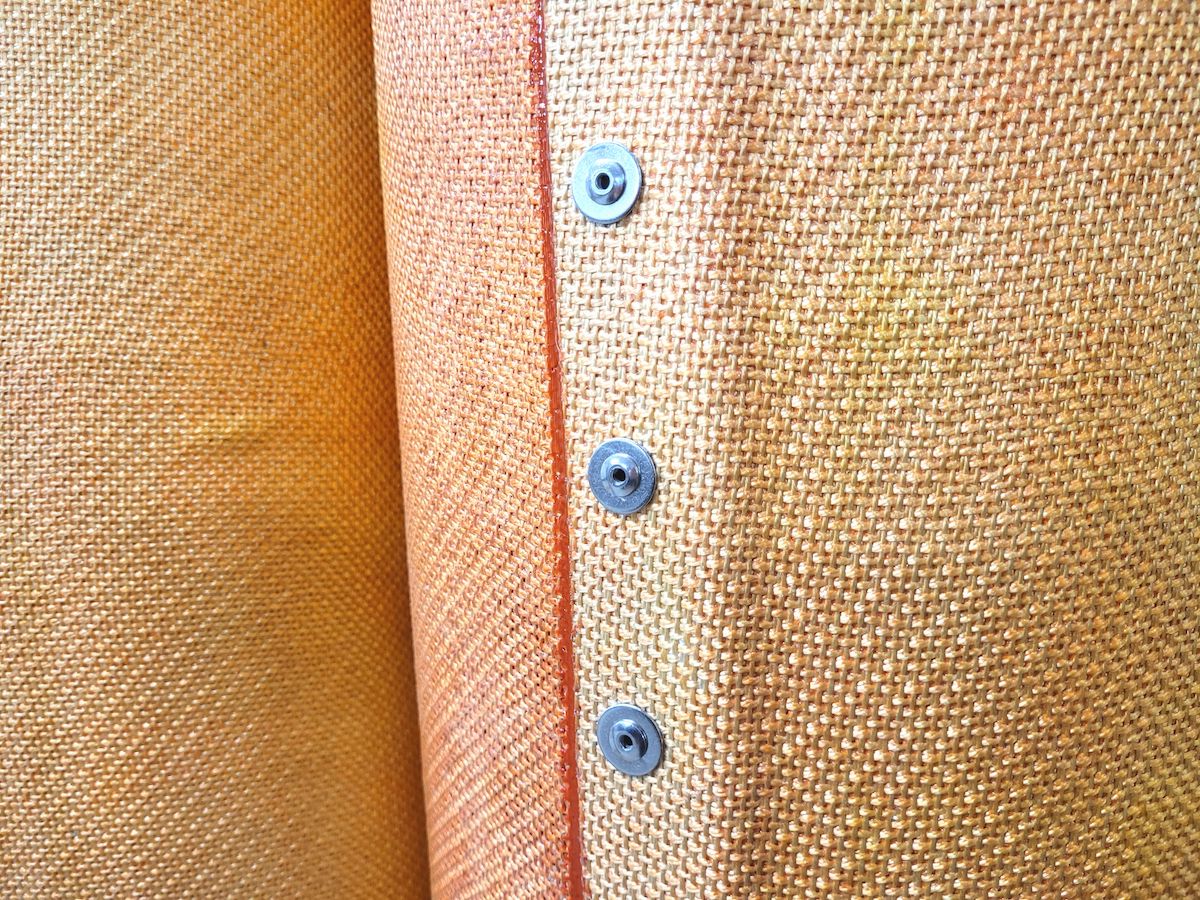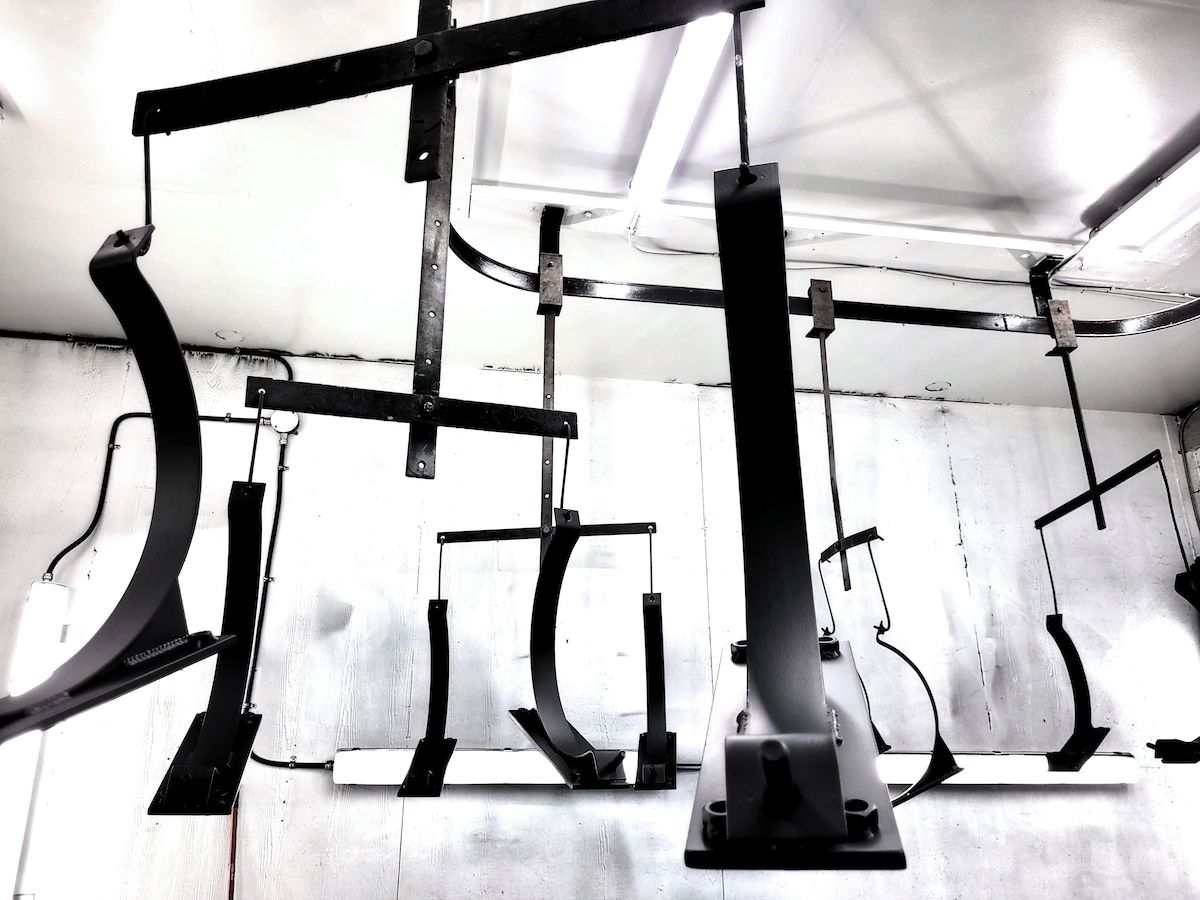A DBA Exhaust Part’s Journey
In our last blog post, we talked about a product that we carry: hump hoses. In today’s article, we’re going to change things up a little and describe the path travelled by one of our exhaust components as it works its way through the DBA Silencing system. We make more than just exhaust parts, of course. We also do coolant and air intake, along with all sorts of other bits and pieces. {You can take a gander at our catalogue for a complete listing of the multitudinous items we offer.}
Having said that, the focus of today’s piece will be exhaust parts. Specifically, exhaust parts for the mining industry. We manufacture all sorts of other exhaust components {marine exhaust parts, for instance, as well as custom exhaust parts}, but we’ll concentrate here on one of our specialties: mining truck exhaust parts.
Welding
A majority of the parts we send out are constructed from steel tubing. In some situations, we employ black steel or stainless steel. On most occasions, however, we start the manufacturing process with aluminized steel exhaust piping. The tubing we use ranges in diameter from three inches to 12 inches, and we obtain it from select mills in Canada and the US. Aluminized steel piping is coated both inside and out with an aluminum-silicon alloy, and it exhibits the following characteristics: strength, corrosion resistance, and heat reflectivity. If you’re interested in learning more about the raw materials we utilize, you might consider checking out our blog post on this topic: “Stainless Steel Exhaust vs Aluminized Steel Exhaust“.
DBA has a crackerjack crew of fully certified welding professionals, and this team is responsible for turning our aluminized steel tubing into top-quality exhaust components. Our welders are often working with tolerances measured in millimetres, and they go to great lengths to ensure that every part they put together is built to the precise specifications listed on the drawings that they’re given. Once a unit has been welded and is ready to move to the next department, it undergoes a meticulous examination to ensure that all the dimensions are correct.
Fibreglass
Mining truck exhaust parts get hot. Sometimes they get so hot that malfunctions such as oil leaks result in disastrous truck fires. Vehicle blazes are to be avoided at all costs, not only for reasons of operator safety, but also because they damage expensive equipment and lead to downtime and lost revenue. Some companies try to protect against conflagrations by using double-walled exhaust parts.
Insulating blankets are another safeguard that you’ll see on many mine sites. DBA’s approach is a little different; we encase our exhaust system parts in insulated fibreglass shells specifically designed to keep surface temperatures below the flash point for operating fluids such as oil. Our unique heat-resistant shells are so effective that you can place an unprotected hand on the fibreglass shell covering an exhaust part in use, and leave your fingers in place for a number of seconds without damage. You can actually watch footage of this very scenario below.
An exhaust part that has been cleared to leave our welding shop is likely to end up in our fibreglass facility, where it will be fitted with a shell. The shells are handmade by our fibreglass squad using a proprietary combination of resins and woven materials. Before a shell is fastened onto a part, a layer of specialized insulation is added. In some situations, we powder coat our shells prior to installation. This makes them even more durable, as well as more aesthetically pleasing {primarily because they are uniform in hue}.
If your exhaust part features a black fibreglass shell, then a layer of powder coat has been added using an electrostatic deposition technique developed by DBA specifically for this application. If, on the other hand, your fibreglass shell is orange, then that means powder coating was not necessary in this particular case. {Note: DBA’s uncoated shells darken over time but their functionality is unaffected.}
Painting
Not all of our heavy truck exhaust parts are enclosed in fibreglass sheaths. Most DBA mufflers, for instance, bypass our fibreglass shop and head straight over to the paint booth. As with rolling on some eggshell at home, preparation is key when painting exhaust parts that will be subjected to extremely high temperatures. Our painting technicians wash down parts with liquids designed to remove oils, and carefully abrade their surfaces in order to promote adhesion.
We often apply a layer of primer to begin, and then several layers of a high-heat industrial coating formulated to withstand the rigours that await our exhaust parts. As with powder coating, painting not only serves an important function, it also enhances the cosmetic appeal of our components; exhaust parts that look rough and ugly coming out of the welding shop are downright purty once they’ve had their makeover in the paint booth.
Shipping
So. To recap: DBA Silencing exhaust parts are assembled in welding, and then move down the line to fibreglass or paint. From there they go to shipping, where they are once again subjected to a comprehensive quality-control assessment. They are then crated and sent out to destinations all over the globe. {Most of the exhaust parts we manufacture are delivered to customers in North America, but they often end up on trucks in far-flung locales. Thus, we’ve recently received feedback from mine sites in Europe and Australia.}
And that’s a wrap. If you made it this far, you now understand a wee bit more about how we transform humble pieces of pipe into useful and valuable heavy duty exhaust parts. What’s that you say? You have questions about what we’ve written here? In that case, dial these digits: 1-800-661-5886. Alternatively, you can shoot us an email at [email protected]. We’d lurve to hear from you!


